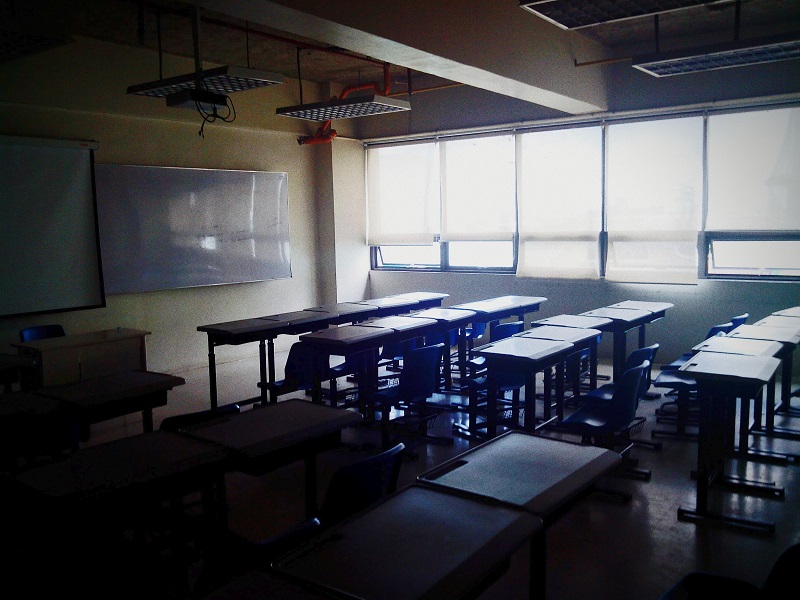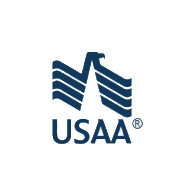As COVID-19 restriction continue to lessen, children in many states are expected to go back to school for in-classroom education.
Many schools are focused on establishing return-to-classroom safety procedures regarding the virus specifically. But it’s also important to remember that there are building maintenance procedures that all educational administrations need to consider regarding mold.
Millions of teachers and students are returning to the classroom for the first time in over a year, and school administrations across the country have recently fielded complaints regarding mold inhalation due to mold buildup in the schools. This is not a surprising development as mold is an issue most likely due to neglected cleaning processes during the shelter-in-place protocol brought on by the pandemic.
Continue reading to find out more about mold in classrooms and what you can do to prevent it.
Table of Contents
Mold in the Classroom | Signs to Look For
Outside of visibly seeing the mold with your own two eyes, there are other telltale signs that you may be experiencing a mold infestation in your classroom that requires the services of a mold remediation or mold removal company.
The most obvious signs that you have mold buildup in your classroom are often health related. If you, your colleagues, or any of your students experience the following symptoms after spending a prolonged period of time in your classroom, request a mold inspection.
Symptoms that student might experience if mold is in the classroom:
- Red and/or scratchy eyes
- Itchy skin
- Coughing
- Nose and/or throat irritation
- Allergic reactions
- Asthmatic attacks
If you or one of your students begins to experience any of the above symptoms at a high frequency, be sure to contact the health authority within your school, such as the school nurse.
Another telltale sign that there is mold in your classroom is the smell – if there is a musty smell in the air that doesn’t seem to go away, be careful. If the smell persists, request that the custodial team perform a mold inspection in your classroom.
If your school is currently suffering from a mold infestation, you may need the services of a mold remediation company.
Location of Mold in Classrooms

Like all types of mold, mold that grows in schools and classrooms typically thrives in environments that have a high level of moisture or moisture buildup.
Here are a few common locations of mold growth in classrooms:
- On ceiling tiles, especially in classrooms that are not well-ventilated or air-conditioned
- Around water fountains that are not properly cleaned or maintained
- Around the edges of windows, especially windows that have broken weather-strips
- Within ductwork that has not been cleaned in a while
- Within books, especially older books that do not get used often
- On carpet spots where spills have occurred and were not cleaned properly
- Any area of untreated water damage
This is not an exhaustive list – mold can and will appear in other areas outside of those mentioned on the list above. Be sure to contact a mold removal specialist if the mold infestation in your classroom gets to a dangerous level.
How to Prevent Mold in Classrooms
Now that you have an understanding of what mold infestation signs to look for and where to look for them, we can take a look at how to prevent future infestations from occurring.
The biggest factor in preventing mold in your classroom is moisture control – if you can control the amount of moisture coming into the building, you can control the mold.
Here are some strategies to keep in mind when drawing up a mold prevention plan for your school:
- Have a regular maintenance schedule that includes mold inspections, specifically in high-target areas like the ones listed above.
- Give careful consideration to your school’s current flood and leak cleanup protocol. Mold breakouts are very common in the event of a flood or a leak, so it’s always a good idea to sharpen up and make improvements to the cleanup processes.
- Immediately report signs of leaks or flooding to the custodians with high urgency.
- Properly clean and dispose of any surface mold that you may encounter in a timely manner. Report surface mold to the custodians immediately.
- Try to maintain an indoor humidity level between 25% and 50%. This can be achieved through proper ventilation and the use of air conditioners and dehumidifiers.
- Do not install carpets in areas that attract high levels of mold growth, such as near water fountains.
Mold inhalation is extremely dangerous for all people let alone children. In the world’s recovery from the COVID-19 pandemic, it is society’s responsibility to provide children with a safe environment to return to learning.
Who to Contact to Remove Mold from Your School Building
If you believe your school or classroom is suffering from a mold infestation that your custodial crew cannot handle, call ServiceMaster by Replacements for mold remediation in Ocean County, Monmouth County, and Union County, NJ.
Our New Jersey mold specialists are IICRC-certified will respond quickly to safely contain and eliminate the mold.
We are available 24/7 at (732) 842-6917.







